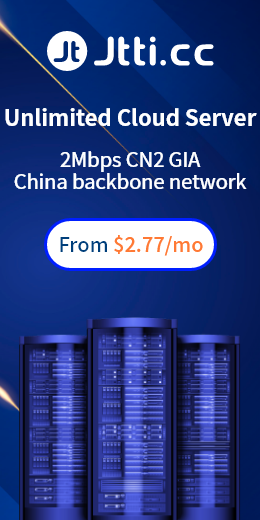When renting a server, choosing a hard drive or a solid-state drive should depend on the specific needs and priorities of the user, such as performance requirements, storage capacity, durability, noise and vibration, cost, battery life, application scenarios, and so on. There is also a case of mixed use, both to give full play to their respective advantages, by budget and demand, weighing performance, capacity, durability, cost and other factors to make a reasonable choice. One thing to understand up front is the difference between solid-state drives and hard drives.
Solid-state drives (SSDS) and hard disk drives (HDDS) are two different types of storage devices that differ greatly in how they work, their performance, and their purpose. Here are the main differences between them:
How it works:
Solid-state drives (SSDS) use non-volatile memory chips (usually flash memory chips) to store data. The data is stored electronically in the chip, without the need for moving mechanical parts.
Hard disk drives (HDDS) use spinning disks to store data. Data is read and written to the platter via a magnetic head, requiring rotation of the disk and movement of the robotic arm.
Speed:
SSDS are generally faster than HDDS. Because there is no need to wait for mechanical parts to move, SSDS have faster data access times and higher data transfer speeds, so they can provide faster startup times, file transfers, and application loading speeds.
Durability:
SSDS are generally more durable because they don't have moving mechanical parts and can better resist vibration and shock. Mechanical components in HDDS may be more vulnerable to damage.
Noise and Vibration:
SSDS typically have no mechanical parts, so they operate with little noise and vibration. HDDS produce noise and weak vibrations when operating.

Energy Efficiency:
SSDS are generally more energy efficient than HDDS. Since no spinning platters are required, SSDS consume less power, helping to extend battery life and reduce energy consumption.
Storage capacity:
Currently, HDDS still offer larger storage capacity options that can store several terabytes (terabytes) of data, while SSDS typically have smaller capacities, especially high-performance SSDS.
Cost:
Relatively speaking, HDDS are generally cheaper than SSDS, on a per GB basis. However, with the development of technology, SSD prices have gradually decreased, making them more competitive.
Application scenario:
SSDS are ideal for tasks that require high performance, fast response, and reliability, such as operating system and application loading, gaming, and multimedia editing.
HDDS are suitable for tasks that require large amounts of storage, such as large-scale data storage, backup, and archiving, as well as tasks that are not highly performance demanding.
Taken together, SSDS and HDDS each have their own advantages and application scenarios, and the type of drive you choose depends on your needs and the tradeoff between performance, capacity, durability and price. In some cases, mixing SSDS and HDDS can also strike a balance between performance and storage capacity.

 EN
EN
 CN
CN









